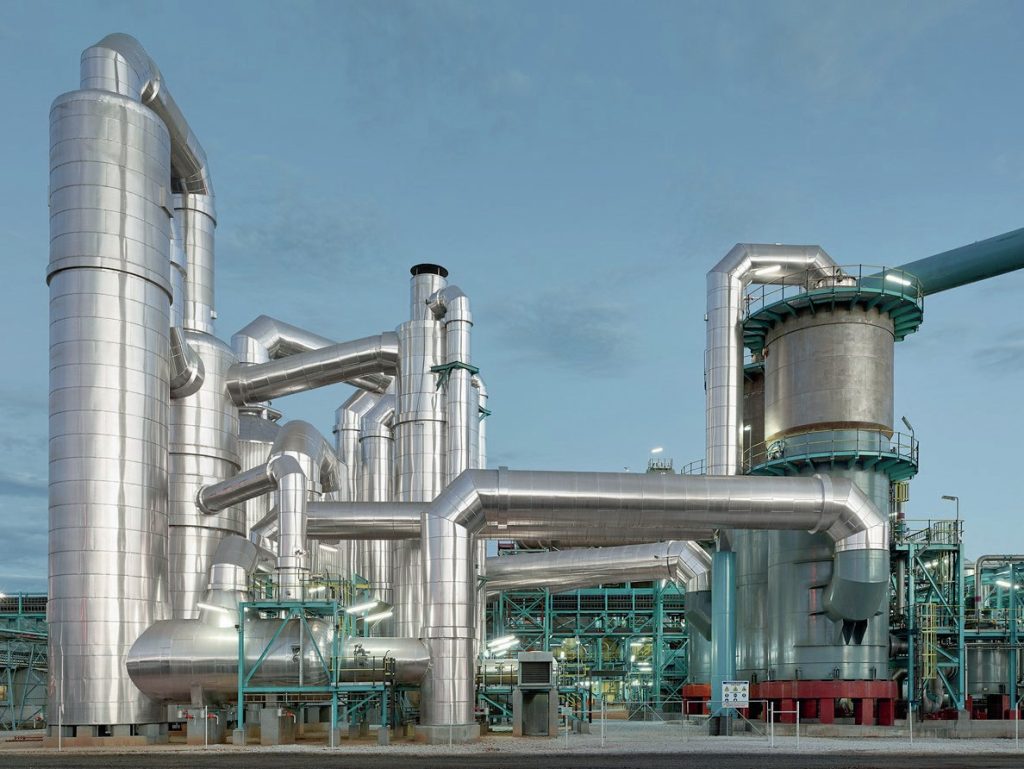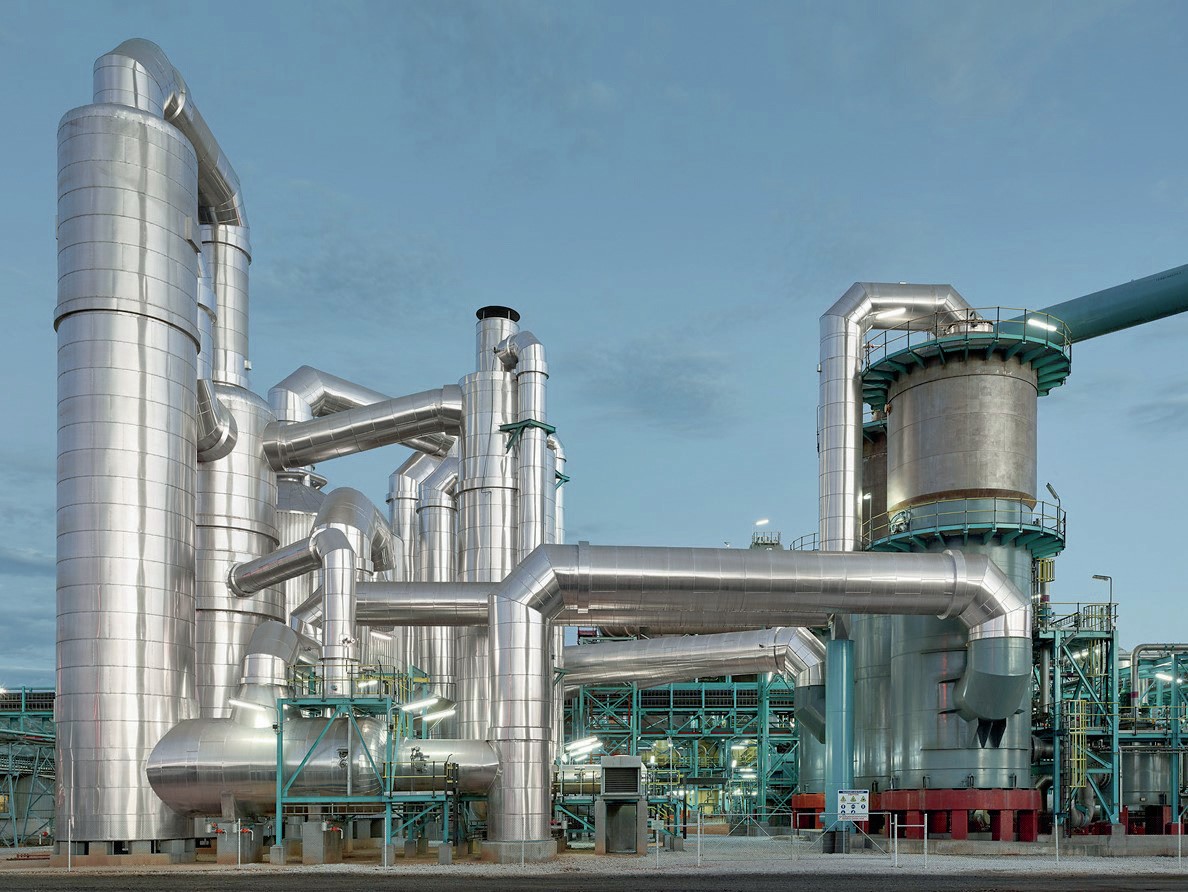Sulphur 391 Nov-Dec 2020

30 November 2020
Sulphuric acid markets
SULPHURIC ACID
Sulphuric acid markets
Although 2019 had been a volatile year for acid markets, with shutdowns disrupting supply, the coronavirus outbreak wrought even more havoc in 2020, across both supply and demand.

As with most other sectors, the coronavirus outbreak has dominated sulphuric acid markets this year.
The start of 2020 saw China affected by coronavirus, but with smelters continuing to operate and looking for outlets for their acid. In spite of shutdowns at some domestic sulphur burning acid capacity, Chinese acid prices went negative in February. Lack of buying interest from China and Chile forced Japanese and Korean prices negative as well, falling to $-45/t by April, and this eventually also forced European acid prices negative by April, but buying from Morocco helped support prices and they moved back positive – though low – by July.
Phosphates
On the demand side, the major use is phosphoric acid production. Global phosphate markets began 2020 oversupplied, but fertilizer production by and large managed to continue through the year, in spite of some shutdowns in India around April-May. Strong demand from both Brazil and India lifted phosphate prices over the course of the year. Indian DAP demand was boosted by record planting and a good monsoon season, while Brazil was looking at near record soybean production. In Morocco, OCP continued to be a strong buyer. The phosphate producer imported 1.56 million t/a of acid in 2019, and this is expected to be higher in 2020. Argus reported that July saw record acid imports of 270,000 tonnes, and full year figures could reach 1.7 million t/a, up 9% on 2019. Consumers like OCP are able to switch between sulphur burning acid production and purchasing merchant acid. When sulphur prices are low it tends to encourage sulphur burning production, but when, as this year acid prices are low or even negative, it tends to encourage more acid purchasing.
Metals
The seaborne sulphuric acid market is dominated by involuntary production from smelter acid producers. Sulphur burning acid plants tend to be located near sources of demand and their production is effectively captive. Only around 10% of acid trade is represented by sulphur burning acid production, with smelters making up the rest – the fortunes of the metal smelting market are thus key to sulphuric acid prices.
Copper prices slumped in the first part of 2020, from $6,000/t to $4,800/t, because of fears that Covid disruption would bring a deduction in Chinese demand – China represents the lion’s share of global copper demand. However, as China recovered, so did copper prices, and by September they were up to $6,800/t. Disruption to Chilean copper production (see below) has led to tightening in copper markets.
As well as new copper smelters, there is some additional leaching capacity. In the US, Freeport-McMoRan (FCX) said in August that its 90,000 t/a Lone Star, Arizona copper leaching project was “substantially complete” and would be producing before the end of the year. Sulphuric acid consumption for the project – around 850,000 t/a when it reaches capacity in 2024 – is expected to mostly be sourced from the company’s own production.
Nickel
Nickel has been a fast growing area for sulphuric acid demand. Demand for nickel for batteries continues to increase, requiring higher grade nickel production, and leading to a large-scale revival of interest in high pressure acid leach (HPAL) production, consuming large volumes of sulphuric acid.
Nickel prices have been highly volatile, dropping from $18,000/t in October 2019 to $11,500/t in March 2020, before recovering to around $14,500/t. However, projections of a shortfall in nickel supply by the middle of the decade are nevertheless leading to considerable investment in new nickel capacity, especially in Australia and Indonesia. In Australia, BHP is due to begin production soon at its Nickel West site, ramping up production to 100,000 t/a, with potential expansions further down the line. Nickel’s renaissance has also been behind the restart of First Quantum’s Ravensthorpe HPAL site. Ravensthorpe was expected to produce 15,000 tonnes of nickel this year, and is projecting output of 25-28,000 t/a in 2021 and 2022, although it generates acid from sulphur burning.
In Indonesia, there are now six HPAL plants under construction or planned. This could increase Indonesia’s acid consumption by up to 2.4 million t/a by 2024, although most of this will be met by domestic sulphur burning acid plants.
Chile
Chile faced a coronavirus outbreak in June and July which saw a number of mine workers infected. The Antofagasta region, the heart of Chile’s copper mining belt, was particularly badly affected. Covid safety measures led to a slowdown in production at existing sites, and work on new production capacity was halted at expansion projects including Teck Resources’ Quebrada Blanca phase 2 project, Antofagasta Minerals Los Pelambres expansion project, and Codelco’s Rajo Inca and Chuquicamata expansions. Codelco’s Chuquicamata smelter was offline for several weeks, losing 20,000 tonnes per week of acid production. The demand side was also affected, as SX/EW facilities instituted social distancing measures, or instituted temporary closures. Overall, Chile’s acid demand is expected to be down this year, perhaps as low as 2.7 million t/a.
India
The acid situation in India continues to be significantly impacted by the forced shutdown of the Sterlite Copper smelter at Tuticorin. Tuticorin had 1.2 million t/a of acid capacity, and its absence has led to increased Indian imports of acid to make up for the shortfall. There has been no definitive judgement in the legal battle, and there are concerns that the smelter may need extensive remedial work to bring back on-stream. Indian phosphate production was disrupted around April but soon returned to production, but Covid had a greater impact on industrial acid demand. Indian acid demand appears to be about 15% down on the year, though phosphate producers continue to be strong buyers, preferring to purchase cheap acid over more expensive sulphur, which is nevertheless boosting imports, possibly to record levels this year.
Production
East Asian smelters are the source of large volumes of merchant acid. Japan and South Korea continue to be major exporters of sulphuric acid from their smelting industries. Japanese acid exports were up 12% this year, reaching 2.5 million tonnes to September, with Sumitomo’s nickel plant in the Philippines a major consumer.
In spite of the cancellation or suspension of some smelter projects, increasing smelter acid production in China is affecting domestic markets and driving some production onto export markets. China exported more than 2 million tonnes of acid in 2019, mainly to Morocco, up 70% on 2018. Chinese acid imports, mainly from South Korea fell accordingly, down 50% in 2019. However, this year lack of demand in Chile and low acid prices forced the temporary closure of the Two Lions acid plant, and Chinese exports were down 12% at 1.4 million tonnes by the end of September. Another 800,000 t/a of smelter acid capacity is expected to come on-stream during 2021.
Elsewhere, production of sulphur-burning based acid is due to rise when a new plant comes on-stream for the Kamoto Copper Company in the Democratic Republic of Congo, although Covid has disrupted start-up. Once the plant is up and running, it will potentially displace smelter acid from Zambia’s Mopani copper smelter, although the latter has also faced Covid-related disruptions and is currently on care and maintenance.
Overall, 2020 is expected to see a decrease in acid production globally, especially in the sulphur burning sector.






